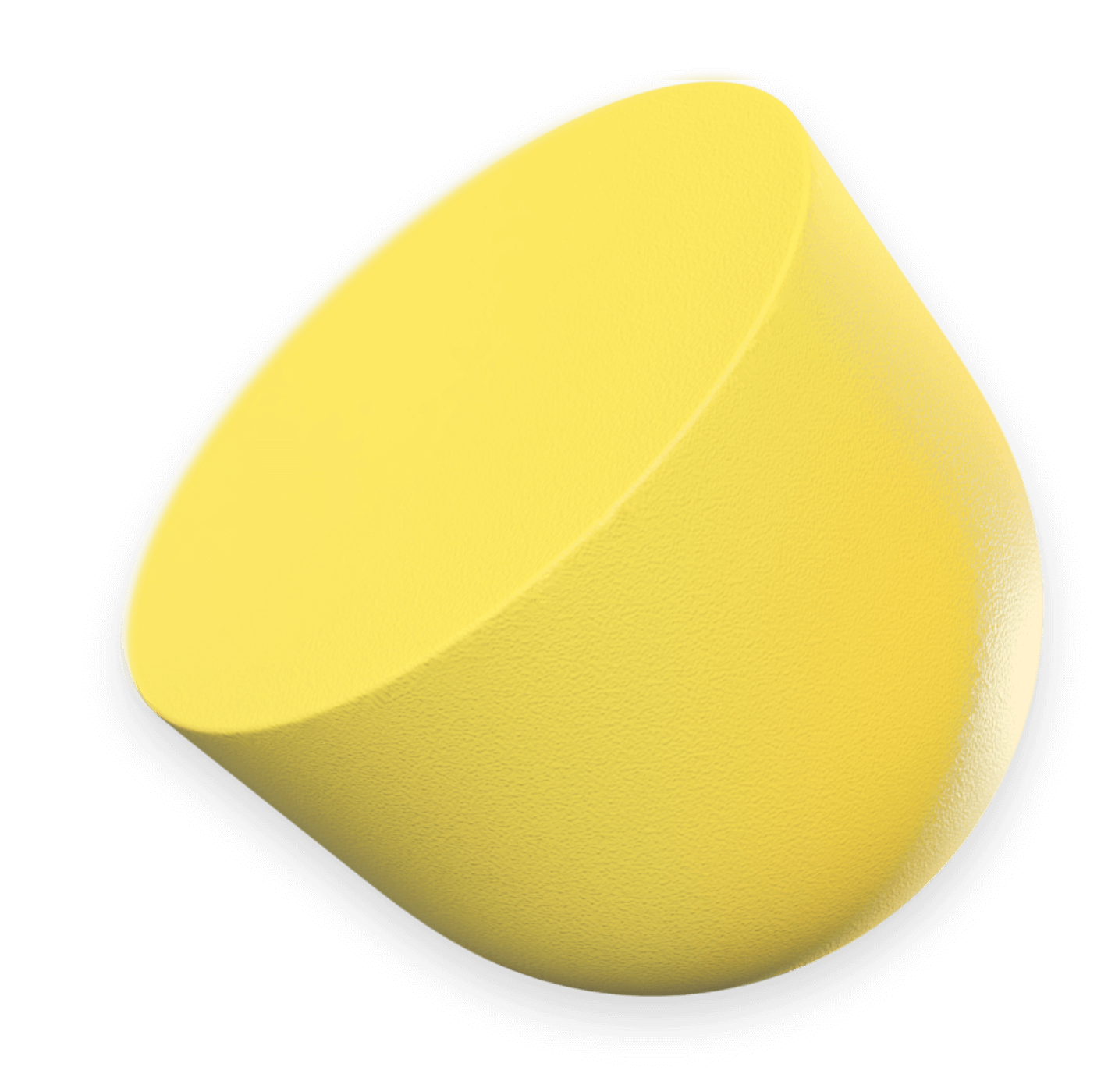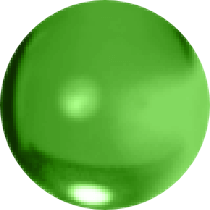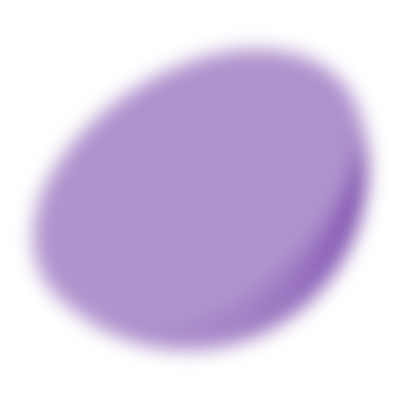News
2020-11-27
AUO Receives the First UL 3600 Circularity Certification in the Display Industry
AUO announced today (27th) that it has received the first(*) UL 3600 circularity certification in the display panel industry, attaining the best circular synergy in product application and display panel production. It is also the perfect embodiment of long-term value transformation. UL (a global independent safety science company) circularity certification was adopted for the 24-inch monitor manufactured by AUO Taichung site, achieving 70% (company level), 50% (product level), and 91% (site level), making it the first display product to be certified and AUO became the first company in the world to obtain such certification.
The UL 3600 circularity certification evaluates the circularity of a company by measuring the content and recyclability of recycled items as well as waste disposal conditions at the sites. The certification enables the company to plan for the product's recyclability and increase the ratio of reclaimed materials during the design stage while implementing the circular economy model but also embrace the spirit of green production. The aim is to facilitate the application of innovation and waste reduction during the manufacturing process, thereby attaining comprehensive economic benefits and minimizing environmental burden.
AUO has introduced reclaimed plastic materials to product applications for the first time. Working closely with suppliers to conduct multiple certification specification testing, the company is able to successfully apply Post-Consumer recycled Plastic (PCR) to display panels, achieving material strength and mass production capacity comparable to that of virgin materials, in turn effectively expanding the scope of application of waste plastic materials. Furthermore, flawed glass substrate waiting to be scrapped can be reintroduced to the production process after rigorous cleaning and testing procedures in a bid to decrease waste generation and increase circularity. In terms of product material selection, recyclability is taken into consideration, which means that steel, aluminum, and plastic materials are repurposed for different uses after display panels are scrapped and dissembled to achieve a product circularity of 50%.
To ensure the sustainable reutilization of resources, AUO insists that the wastes are processed and reused during the production process; the remainder is recycled, reused, incinerated, or buried to achieve circular benefits. At the Taichung site, refinements in technologies such as packaging material and resource recycling, purification and reutilization of solvents, minimizing the use of keto acids, and sludge reduction have allowed the site to achieve 91% circularity, of which 49% are recycled materials and 25% are repurposed materials. This is the embodiment of effective resource reutilization.
Changing the linear economic model and advancing circular economy are the key components of AUO in a bid to materialize the philosophy of environmental sustainability. Moreover, the company has upheld the spirit of cooperation with its value chain partners; from collaborating with upstream suppliers and the material tracking mechanism, as well as site production data management and standard certification procedure to downstream product characteristics and circular applications, AUO has demonstrated the determination to create a thriving ecosphere together. In the future, AUO will continue to engage in the circular economy in a bid to generate more business opportunities and applications.
* Based on market data collected by AUO as of the date of the press release on November 27, 2020.

AUO obtains the first UL 3600 circularity certification in the display industry. The accreditation ceremony was attended by Vice President and Managing Director of UL Taiwan Jonathan Chen (right) and AUO President Frank Ko (left).












